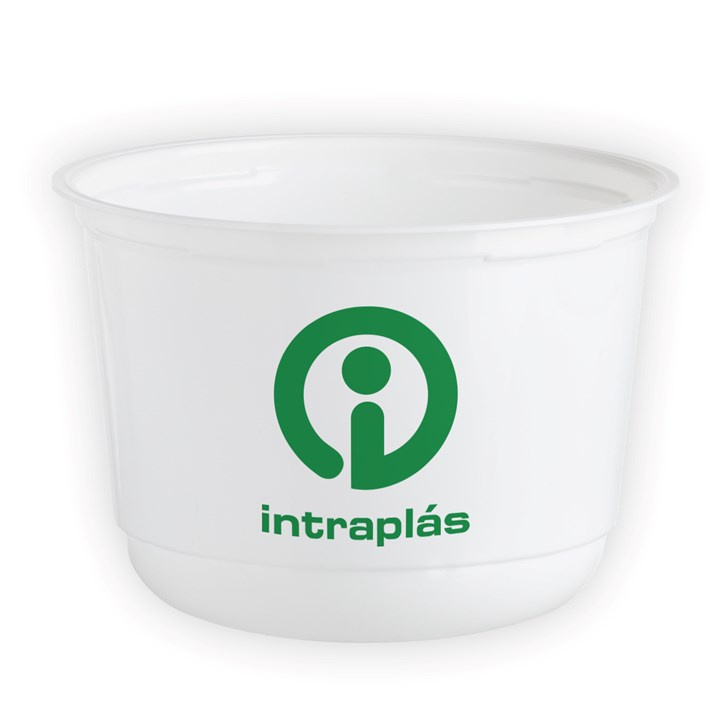Using Blockchain to Track and Verify Recycling
Supply chain partners assess software for tracking materials.
A collaborative pilot project between , , SABIC, and will investigate the usefulness of blockchain technology in plastics processing and recycling. Blockchain uses encryption to link records, creating a shared but secure database that is tamper evident. Altering any record in the ledger requires altering all subsequent records and all records are time-stamped, so any retroactive edits would be laborious and leave evidence behind.
The partners hope the blockchain-based software, developed by Finboot, will make the recycled plastic supply chain more transparent while reducing administrative effort and the potential for human error.
Plastic Energy is an advanced recycling company that supplies SABIC with oil it produces from plastic waste, which SABIC converts into circular polymers it supplies, in turn, to Intraplas for production of plastic packaging.

Finboot’s blockchain-based tracking software will be used to establish the supply chain for materials that become Intraplas products.
Photo: SABIC
The project will test the feasibility of using Finboot’s blockchain technology to trace the journey of feedstock through each step in the value chain. The software ensures that all data gathered remains immutable while shared across suppliers, customers, and regulators—providing transparency, auditability, and accountability in a complex industrial ecosystem.
Related Content
-
PHA Compound Molded into “World’s First” Biodegradable Bottle Closures
Beyond Plastic and partners have created a certified biodegradable PHA compound that can be injection molded into 38-mm closures in a sub 6-second cycle from a multicavity hot runner tool.
-
Multilayer Solutions to Challenges in Blow Molding with PCR
For extrusion blow molders, challenges of price and availability of postconsumer recycled resins can be addressed with a variety of multilayer technologies, which also offer solutions to issues with color, processability, mechanical properties and chemical migration in PCR materials.
-
Foam-Core Multilayer Blow Molding: How It’s Done
Learn here how to take advantage of new lightweighting and recycle utilization opportunities in consumer packaging, thanks to a collaboration of leaders in microcellular foaming and multilayer head design.


